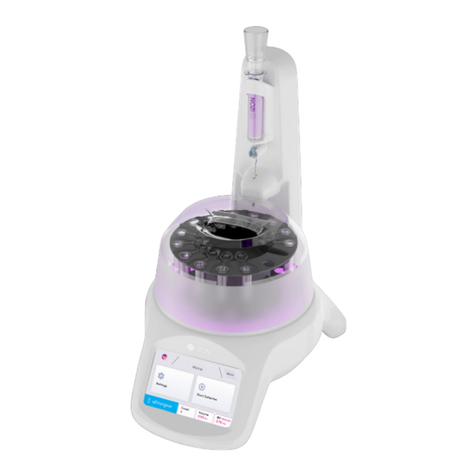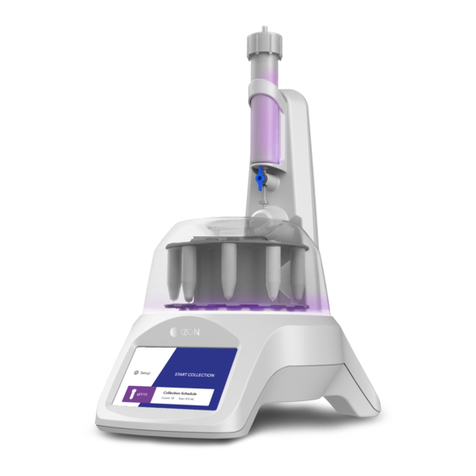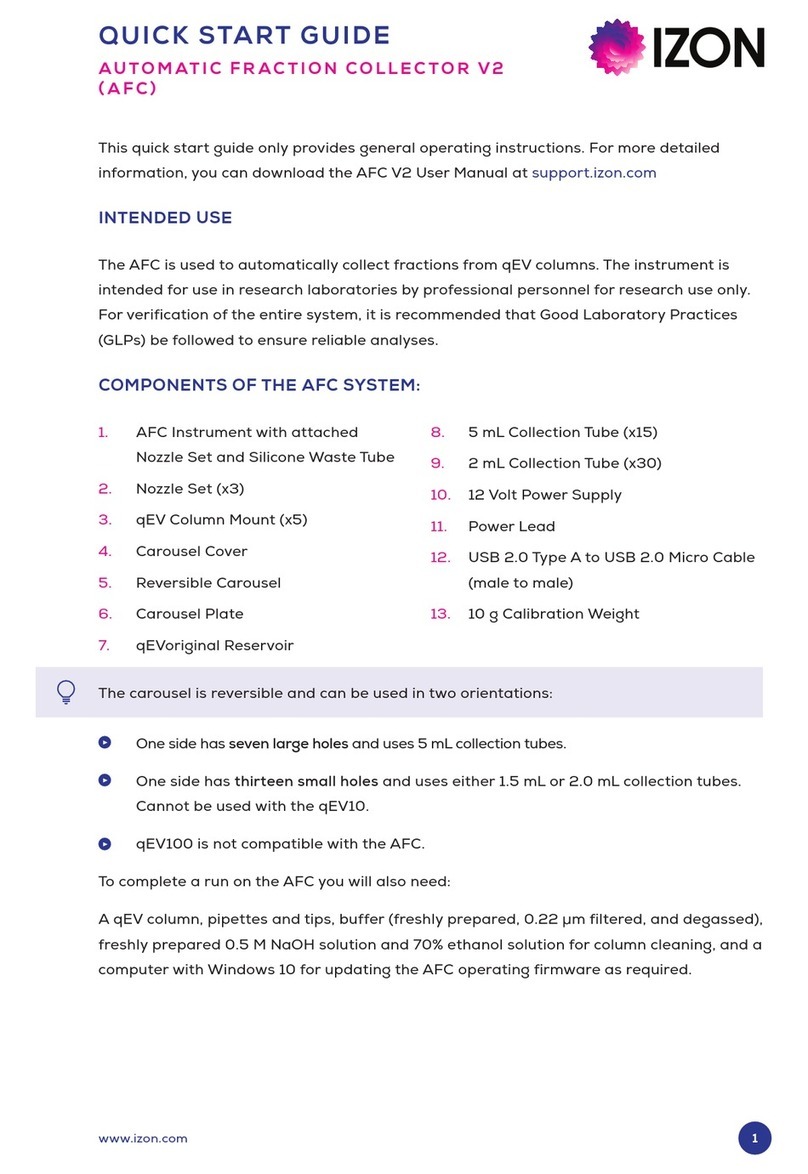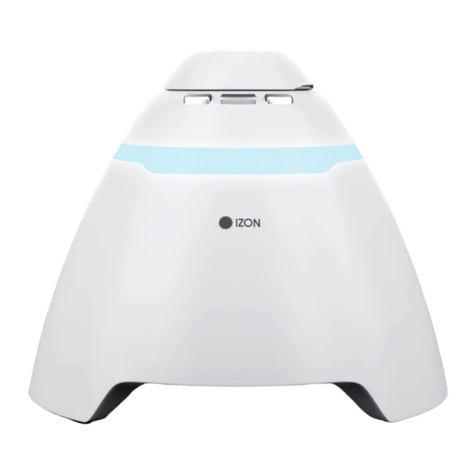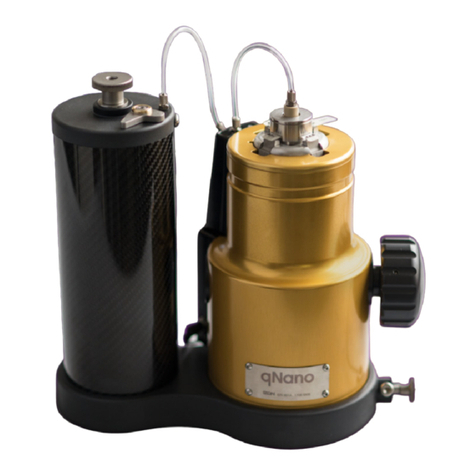
CONTENTS
Section 1: Definitions and
Writing Conventions................................................ 4
Section 2: Safety and Hazards........................... 7
Safe Use Requirements
and Specifications.............................................. 7
Hazards .................................................................. 7
Section 3: Introduction to the Automatic
Fraction Collector (AFC)...................................... 10
Overview.............................................................. 10
Intended Use ....................................................... 11
Section 4: Instrument Specifications.............. 12
Instrument Layout............................................ 12
Layout of the Reversible Carousel............. 13
Sample Buffer recommendations:............. 14
Section 5: Assembly and Setup
Instructions............................................................... 15
Instrument Power and General
Operating Procedures.................................... 15
General Operating Procedures................... 15
Assembling and Installing the AFC ........... 15
Aligning the Carousel...................................... 16
Calibrating the Load Cell............................... 18
Adjusting Lighting Settings........................... 18
Section 6: qEV Specifications............................ 19
Section 7: Operating Instructions ................... 22
Choosing run parameters............................ 22
Carousel side selection.................................. 22
Tube type selection......................................... 22
Volume Size Selection.................................... 23
Setting up a run ............................................... 23
Mounting the qEV Column to the
AFC Tower.......................................................... 23
Column Use Counter and Invalid
Columns .............................................................. 25
Adjusting the Collection Schedule ............26
Setting up the Carousel .................................27
Initiating a run .................................................. 28
Flushing the Column.......................................28
Sample Loading and Initiating
Collection ............................................................29
Completing a run............................................. 30
AFC Shut Down................................................ 30
Section 8: Resources ............................................ 31
Repair and Servicing of AFC instrument ...... 31
Updating the AFC Software......................... 31
Requirements for Updating the
AFC Operating Software............................... 31
Downloading and Installing the
AFC Software Updater .................................. 31
Updating the AFC Operating Software.........32
Maintenance of AFC Instrument ............... 33
Calibration Testing .......................................... 33
Surface Decontamination ............................ 33
Replacing the Nozzle...................................... 34
Troubleshooting.................................................37
Automatic Fraction Collector User Manual 3






